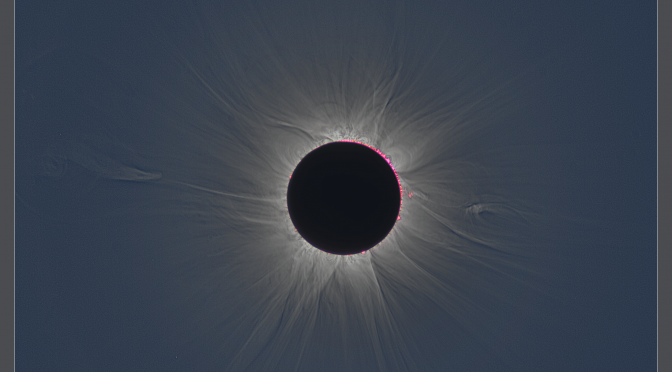By Marcus Hughes ’18
Don’t underestimate college students, especially if they study astronomy at the top northeastern liberal arts colleges, because they might just be re-defining what we know about the universe.
Last weekend, Williams professors Karen Kwitter and Steven Souza traveled with seven students to Swarthmore College to participate in the Keck Northeast Astronomy Consortium’s 2014 Undergraduate Symposium on Research in Astronomy. There they learned about the cutting-edge summer research conducted by students from Williams, Wesleyan, Wellesley, Vassar, Swarthmore, Middlebury, Haverford, and Colgate, which together form the Keck Northeast Astronomy Consortium. Members of the consortium send students to partner schools every summer to conduct paid research, which is later presented at the annual symposium.
Four Williams students presented as this year’s conference, covering a range of topics from distant galaxies to solar eclipses. Read on to learn more about each students’ impressive research.
“Optical Variability of the Blazar BL Lacertae during Summer 2014”
Anneliese Rilinger (’17) tracked the behavior of BL Lacertae, an energetic and compact object located at the heart of an elliptical galaxy and thought to be associated with a supermassive black hole. By monitoring how bright the object is, her research enables astronomers to further understand what’s happening in the heart of these super active galaxies. Rilinger’s research was conducted with Katied Kearnes, a Colgate University student, at Colgate University’s Foggy Bottom Observatory.
“Narrowband Color-Magnitude Diagrams for Young Open Clusters”
Michael May (’17) and Sarah Stevenson (’17) compared the brightness of hundreds of stars within young open clusters, a group of a few thousand stars that formed together and are gravitationally bound. By examining the brightness in different colors, they characterized the star’s evolutionary history and type. Ultimately, the pair discovered several Be stars, hot B-type stars that have disks of material around them causing them to exhibit emission lines instead of absorption lines. This research was the continuation of work done the previous year at Williams.
“Used Eclipse Images to Monitor Solar Activity”
Without even having to see a solar eclipse, Tina Seeger (’16) estimated the speed of two coronal mass ejections observed during the 2013 total solar eclipse. She carefully aligned images taken by Williams professor Jay Pasachoff and others to create to create a movie of the sun spewing large amounts of material from its outer layers. Observations like this help us build a clearer image of how our Sun works.
There were a total of 20 presentations given by 29 students at partner colleges. Some of the talks will be published in the leading astronomy research journals. Next year’s talks should be even more exciting as the frontiers of science are pushed even further – not to mention, the conference will be held at Williams!
Image above: Composite image of a total solar eclipse in 2013. Credit to Allen Davis ’14, Professor Jay Pasachoff, Vojtech Rusin, Miloslav Druckmuller; full version available on Williams astronomy website at http://web.williams.edu/Astronomy/eclipse/eclipse2013/2013total/.
